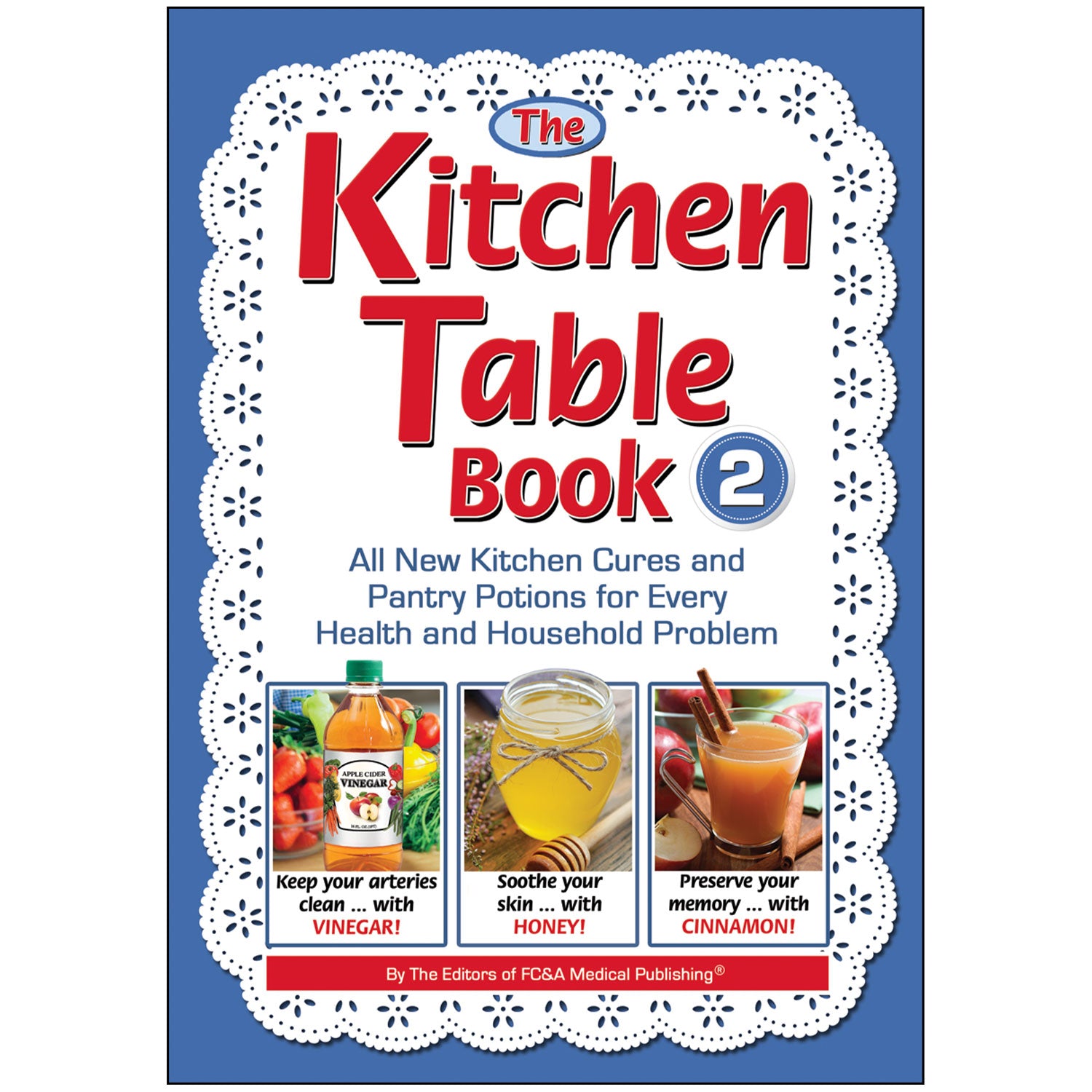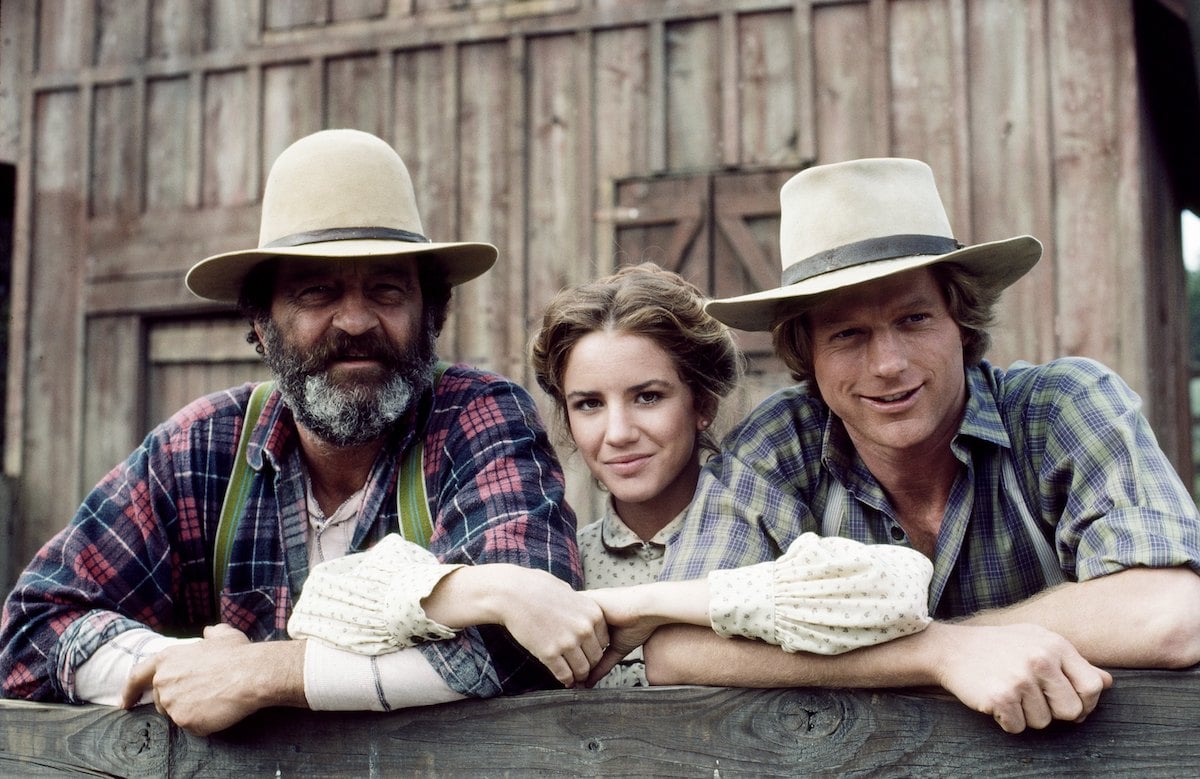Table Of Content

As other writers, including Food & Wine’s Khushbu Shah, have asserted, it’s time to retire the trope that “the customer is always right” — Mintz outlines why. And if letting go of that notion makes you bristle, this book may have been written expressly for you. “‘Black Food’ is a communal shrine to the shared culinary histories of the African diaspora,” Bryant Terry writes as a preamble to the absorbing anthology with recipes he edited. The book, beautifully photographed and illustrated, overlaps essays, poems and dishes from more than 100 contributors; it’s a collection into which you can disappear for a long afternoon, gripped by one clarion voice after another. 'You must not become too friendly with them,' she said.
More books from this author: Kathleen Grissom
You’ll find a halo-halo baked Alaska as well as a meaty melon chicharrón crumble, among other treats. Japan has a long tradition of vegetarian cooking. But you don’t have to be a Zen Buddhist or even a vegetarian to appreciate these recipes, author Nancy Singleton Hachisu points out. In tune with nature and the seasons, many of the dishes are simple and elegant. A tangle of young burdock and asparagus kakiage (fritter) comes across as especially fresh with height-of-spring ingredients. For some reason, the chapter of simmered dishes is especially appealing, and I’m starting to think that simmering and steaming are underrated techniques.
The best cookbooks of 2023
“My Everyday Lagos” weaves this history throughout, describing the struggles Komolafe encountered and the experience of returning to Lagos in 2016 after 18 years away from her homeland. Stock up your pantry with Komolafe’s dried spice blends, experiment with street foods like yam fritters or go all out with dishes meant to mark special occasions, like braised bone-in goat leg. Adeena Sussman’s second cookbook, Shabbat, invites us to accompany her in preparing for the Jewish day of rest as she sees it. Inspired by Sabbath meals of her youth and by local chefs and home cooks, the recipes are sumptuous and imaginative.
Reading Group Guide
They each worked in aviation (Buck in sales, Carlotta as a receptionist), had previous marriages, and were strapping, tall, and extremely good looking—California Apollonians out of central casting. Back home in L.A., as the newlyweds pondered their future, they became preoccupied with a promontory of land jutting out like the prow of a ship from Woods Drive in the Hollywood Hills, about 125 feet above Sunset Boulevard. It was as conspicuous as it was forbidding, visible from the couple’s house on nearby Hillside Avenue. “This lot was in pure view—every morning, every night,” Carlotta Stahl recalled.
Tiffani Thiessen fed me fried chicken, cheesy enchiladas, beef jerky and a Michelin tasting menu. We had leftovers
(James sells Lavinia’s brother into servitude to a blacksmith, and he dies soon after.) At Tall Oaks, Belle oversees Lavinia, and the two eventually form an unbreakable bond. Stephanie Breijo is a reporter for the Food section and the author of its weekly news column. Previously, she served as the restaurants and bars editor for Time Out Los Angeles, and prior to that, the award-winning food editor of Richmond magazine in Richmond, Va. Born and primarily raised in Los Angeles, she believes L.A.
But it means so much more that isn’t as simply translated. To sit at the sofreh is to take part in a ritual with connotations of community, hospitality, respect and manners. For Nasim Alikhani, chef-owner of Sofreh restaurant in Brooklyn, it’s a celebration of her roots in pre-Revolution Isfahan, Iran, and she writes so poignantly about her love of Persian cuisine. The recipes are a reflection of the cooking she grew up with and dishes she learned about traveling back to Iran from New York. Most importantly, she says, “whenever possible, use these dishes to spark connection and community; for that is at the heart of food for me.” And “if you burn your tahdig on your first go-round, good job! ” Trial and error is essential to deepening your understanding of cooking, and of life.
Six of our critic’s favorite new food books
His how-to on butchering a chicken for yakitori — and diagramming an array of possible skewers — is worth the purchase alone, and I say that as someone who spent months shadowing and spotlighting L.A.’s yakitori scene earlier this year. Think of “Rintaro” as a crash course to turn your home kitchen into a Tokyo izakaya, seen through a Bay Area lens. Chef and Youtube star Rie McClenny’s book may be centered around Japanese cuisine, but at its heart reflects a sentiment that speaks to everyone, regardless of where you’re from, or what you’re cooking. “This book is proof that the tastes from home can be yours, no matter where you are,” writes McClenny. I keep returning to the section on how to build a bento or how to craft a Japanese breakfast.
A compelling, powerful and poignant coming-of-age story about the fragility of family, and where love and loyalty prevail. Red-hot romances, poolside fiction, and blockbuster picks, oh my! The house in 1960, as captured by Julius Shulman during the day.
When the pandemic immediately threatened the livelihood of Asian businesses in New York City, volunteer-run organization Send Chinatown Love sprouted and helped raise funds and awareness. This fall the group self-published its first cookbook, celebrating one of the world’s most beloved Chinatowns as well as Little Indonesia, the melting pot of Flushing and more than 20 other neighborhoods. There are many, and I’ll continue to highlight standouts in this space in the coming months. Here are six favorites that are as immersive and rousing to read as they are to cook from — ideal for last-minute gifts, or as a personal escape in these exhausting times.
As Rankin and Marshall outdo each other in infamy, the stage is set for a breathless but excruciatingly attenuated denouement. Andrea Nguyen’s desire to eat more meals that star plants, in a flexible, flavor-charged way, resonates loudly. Through the lens of Vietnamese food and flavors, it’s especially compelling. All of my recent homemade dinners have improved tenfold from a single section in the book on pantry secrets. There’s a jar of her pickled mustard greens in my fridge as I type this. It’s an excellent, useful book that serves as inspiration for cooking beyond what you’ll find on the pages.
A simple peak-summer dashi-simmered tomato with a sprig of sansho leaf for garnish is stark and beautiful. Sliced sweet potato rounds are gently cooked in a broth punctuated with lemon and gardenia fruit pod. When simmering dashi transforms winter turnips so that they’re translucent and juicy (and then they’re garnished with scallions and yuzu), I’m all in. Kathleen Grissom’s 2010 novel, The Kitchen House, is a work of historical fiction that centers on the happenings at Captain James Pyke’s southern Virginia tobacco plantation, Tall Oaks, beginning in 1791. The two narrative threads follow Lavinia, a seven-year-old Irish orphan working at Tall Oaks as an indentured servant, and Belle, the beautiful young daughter of James and his slave.

Other favorites that get reinterpreted across different cuisines include burgers and fries, oxtail and rice and cakes and pies. In her second cookbook, New York Times Cooking columnist Yewande Komolafe‘s 75 approachable recipes explore the West African cuisines that color Nigeria’s capital city of Lagos. Born in Berlin and raised in Lagos, Komolafe came to America for college, where she built her culinary resume while living as an undocumented immigrant for a decade.
Instead, she accepts the proposal of an old widower, Mr. Boran. When Mr. Boran attempts to rape Lavinia, James’ and Martha’s son Marshall intervenes. Marshall and Lavinia develop a relationship and soon marry, making Lavinia the mistress of Tall Oaks. Lavinia soon becomes aware that Marshall, unlike his father, is an abusive, violent man who raped Belle and fathered Jamie. Throughout their marriage, Marshall consistently rapes one of the slaves, fathering two children. In March 1954, Clarence “Buck” Stahl and Carlotta May Gates drove from Los Angeles to Las Vegas and got married in a chapel.
Nancy Silverton is a force of nature, bringing maximum imagination and exacting technique to anything she cooks or bakes. It’s the life-changing cookie that sparked the idea for her latest cookbook. With “The Cookie That Changed My Life,” Silverton takes classic American baked goods — banana bread, scones, twice-baked croissants, granola, cinnamon rolls — and makes the best possible version in the universe. And Mintz, in offering examples of chefs and owners working to reshape the system, makes the point again and again that consumers must be part of the change.

No comments:
Post a Comment